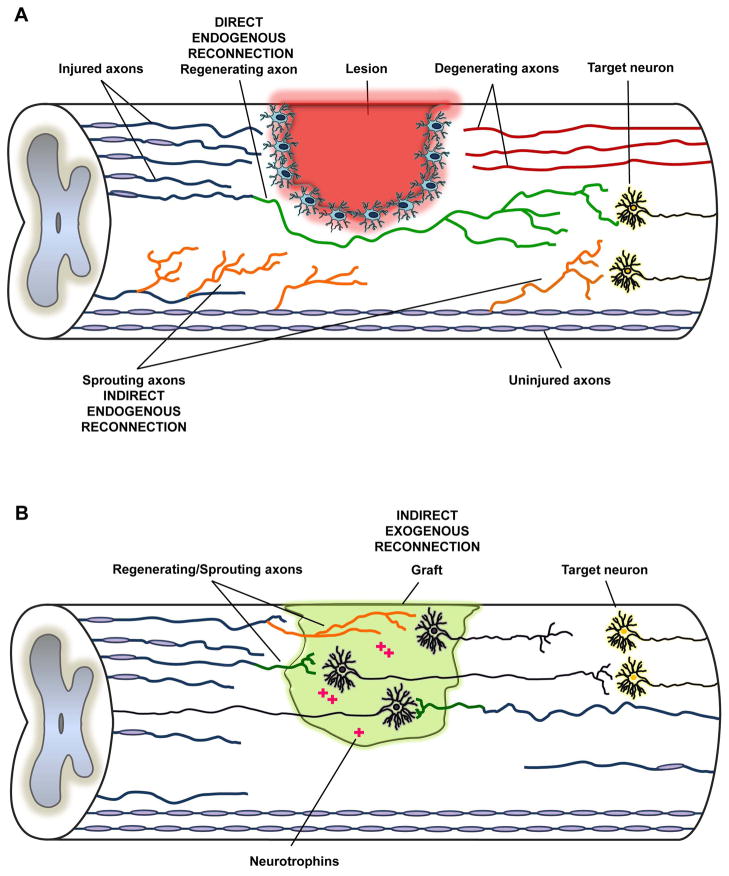Figure 1. Schematic representation of direct and indirect interventions on the injured spinal cord.
(A) The neutralization of myelin and matrix associated inhibitors supports both regeneration (in green) and sprouting (in orange) of axonal fibers. Regenerating fibers make connections with the original target neurons (direct endogenous reconnection), whereas sprouting collaterals form new synaptic contacts (indirect endogenous reconnection). (B) Grafted neural stem cells, on the other hand, offer an alternative strategy (indirect exogenous reconnection) through cellualr differentiation at the injury site into neurons, astrocytes and oligodendrocytes. In particular, newly differentiated neurons are intrinsically primed for long-distance axonal growth which helps the indirect transmission of motor and sensory information. Descending supraspinal axons regenerate into and make synaptic connections with grafted neurons in the lesion site. Grafted neurons extend their axons into the caudal spinal cord and form new synaptic connections with host neurons. Similarly, grafted neurons can make a functional circuit for the ascending sensory system. Transplanted neural stem cells also help regeneration of severed axonal fibers by releasing neurotrophins in the damaged area.

